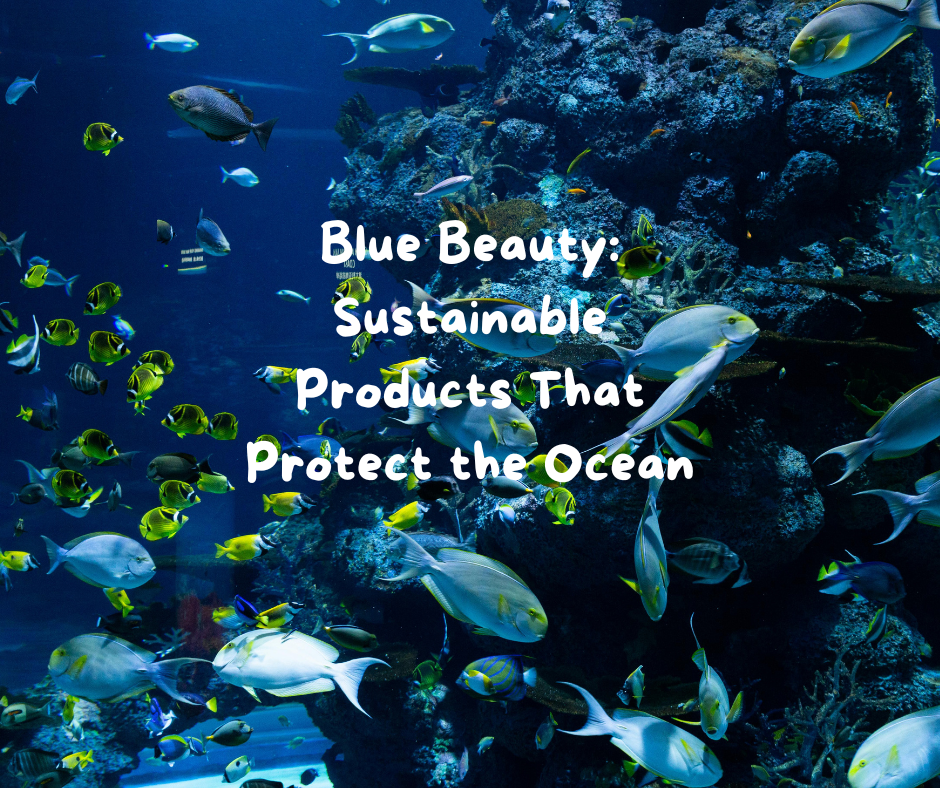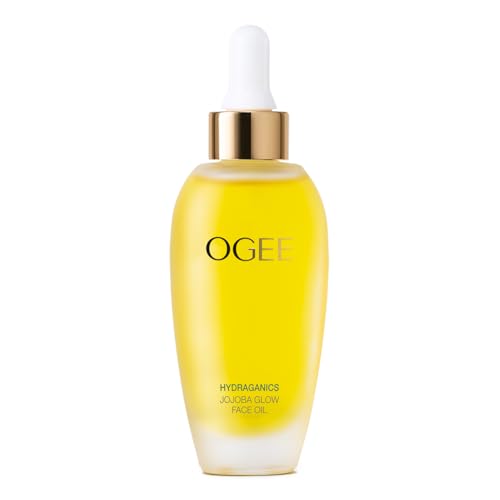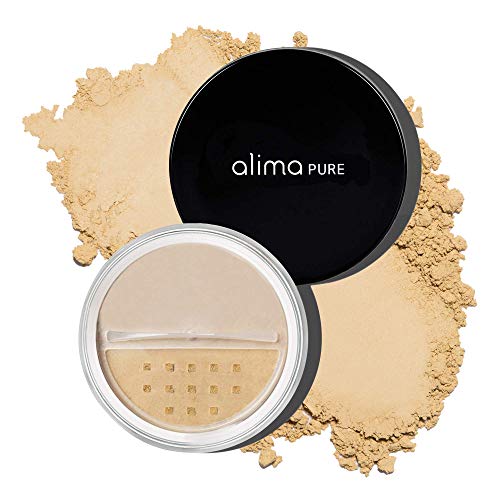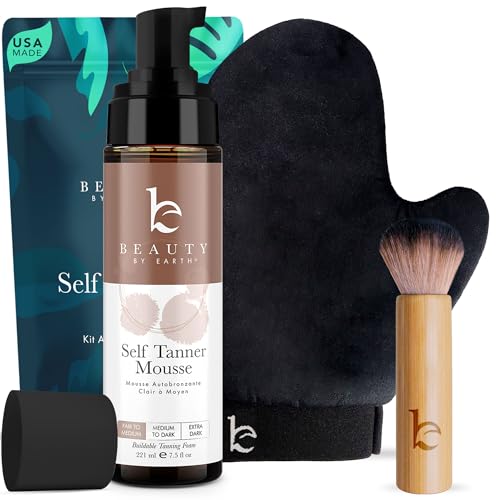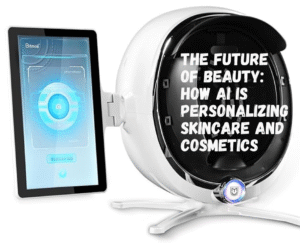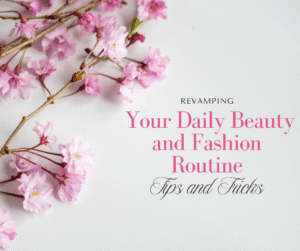This post may contain affiliate links. I may receive compensation if you sign up for or purchase any products through the links below. As an Amazon Associate and affiliate marketer for many other businesses, I earn from qualifying purchases. Please read my disclosure for more information.
The term “blue beauty” signifies a rising movement within the beauty industry that emphasizes sustainability and ecological stewardship, particularly in relation to ocean ecosystems. As awareness of environmental degradation grows, the beauty sector recognizes its critical role in impacting marine habitats and seeks to mitigate this influence through innovative practices and products. Blue beauty essentially encapsulates the harmonious relationship between beauty practices and the health of our oceans, urging both consumers and brands to rethink their approaches.
Significantly, blue beauty reflects an urgent need to protect the marine environment, which is increasingly threatened by pollution, overfishing, and climate change. Oceans are vital not only for their biodiversity but also for their contribution to human well-being—providing food, climate regulation, and recreational opportunities. However, conventional beauty products often contain harmful ingredients that can adversely affect marine life, highlighting the need for a shift towards more sustainable alternatives. By prioritizing blue beauty practices, industry players can reduce their carbon footprint and lessen the adverse effects of their operations on oceanic ecosystems.
The concept encourages the use of ethically sourced ingredients, eco-friendly packaging, and manufacturing processes that minimize environmental harm. Brands adopting blue beauty principles may create items that are not only biodegradable but also benefit ocean health. This approach fosters a robust connection between consumers and the products they choose, promoting consumer awareness and responsibility. As the movement gains momentum, it aims to reshape the beauty landscape, inspiring a cultural shift towards accountability and eco-consciousness in the pursuit of beauty.
The Importance of Reef-Safe Formulations
Reef-safe formulations refer to cosmetic products designed to minimize harm to marine ecosystems, particularly coral reefs. These formulations avoid using harmful ingredients commonly found in traditional sunscreens and cosmetic products, which have been shown to contribute significantly to coral bleaching and degradation. Ingredients such as oxybenzone, octinoxate, and certain parabens are known culprits, as they can disrupt the growth and reproduction of marine life, compromising the health of delicate reef systems.
The negative impact of conventional beauty products on coral reefs has led to increased awareness among consumers, prompting a demand for alternatives that are environmentally friendly. Reef-safe products often contain physical UV filters like zinc oxide or titanium dioxide, which provide effective sun protection without the toxic effects on marine environments. Beyond physically blocking harmful rays, these ingredients typically offer a more biodegradable option, presenting a much less invasive choice for ocean health.
Consumers looking to identify reef-safe formulations should look for specific labels or certifications on product packaging, as these will often indicate compliance with reef-friendly standards. Additionally, understanding ingredient lists is crucial; avoiding products containing ingredients linked to reef harm is a proactive step. Some brands have embraced transparency in their formulations, allowing consumers to make informed choices that align with their values of sustainability and ecological preservation.
Moreover, the shift towards reef-safe beauty products not only aids in protecting coral ecosystems but also supports a broader movement towards sustainable living. By choosing these products, consumers play an essential role in promoting environmental stewardship and safeguarding our oceans for future generations. As awareness of marine conservation continues to grow, the popularity of reef-safe formulations will likely increase, driving innovation within the beauty industry.

Innovations in Eco-Friendly Packaging
The beauty industry is undergoing a significant transformation with an increasing emphasis on eco-friendly packaging. As consumers become more aware of the adverse effects of plastic pollution, brands are innovating to create packaging solutions that minimize environmental impact. The focus is shifting towards materials that are biodegradable, recyclable, or derived from ocean plastic. These advancements not only help reduce plastic waste but also appeal to environmentally conscious consumers.
One breakthrough in sustainable packaging is the use of biodegradable materials, which decompose naturally without leaving harmful residues. Brands are exploring alternatives such as plant-based plastics, which offer similar properties to traditional plastics but with significantly lower environmental footprints. An example can be found in companies experimenting with packaging made from cornstarch or sugarcane, both of which are renewable resources. This shift not only aligns beauty brands with eco-friendly principles but also contributes to a circular economy, reducing reliance on fossil fuels.
Recyclable packaging is another significant innovation gaining momentum in the industry. Many brands are opting for glass, metal, and certain types of plastics that can be easily recycled, thus diminishing the amount of waste that ends up in landfills and oceans. Furthermore, some companies are implementing take-back programs, allowing consumers to return empty containers for proper recycling. This not only promotes accountability but also fosters consumer loyalty.
Additionally, brands that utilize ocean plastic in their packaging are leading the charge in the fight against marine pollution. By repurposing plastic waste collected from the ocean, these companies are not only creating functional beauty containers but also raising awareness about the critical issue of ocean health. This innovative approach highlights the beauty industry’s responsibility to reduce its ecological footprint while promoting sustainability.
Key Ingredients for Sustainable Beauty Products
In the domain of sustainable beauty, the emphasis is on utilizing ingredients that not only benefit human health but also preserve marine ecosystems. Key components frequently found in these eco-conscious products include natural oils, plant extracts, and minerals that are sourced responsibly. These ingredients often boast numerous advantages over their synthetic counterparts, making a compelling case for their inclusion in beauty regimes.
One prominent ingredient is jojoba oil, derived from the seeds of the jojoba plant, which is native to the deserts of North America. This oil is not only a hydrating agent that mimics natural skin oils but is also known for its biodegradability. Unlike petroleum-based alternatives, jojoba oil does not accumulate in oceanic environments, thereby presenting a safer option for marine life.
Another key ingredient is shea butter, sourced from the nuts of the shea tree predominantly found in Africa. It aids in moisturizing and healing skin while being rich in vitamins A and E. The extraction of shea butter is typically done sustainably, ensuring that local communities benefit economically, thereby supporting both human development and environmental care.
Plant extracts such as seaweed and algae also play a significant role in sustainable beauty products. Known for their rich nutrient profiles, these marine plants are harvested sustainably and contain antioxidants that can promote skin health. They are a natural means of enhancing the efficacy of beauty products without relying on synthetic additives, thus minimizing harmful runoff into the ocean.
Furthermore, mineral-based sunblock ingredients like zinc oxide provide a chemical-free alternative to conventional sunscreens. These minerals reflect UV rays effectively and are less likely to cause harm to marine life, especially coral reefs, compared to chemical sunscreens known for their toxic effects. Adopting products with these key ingredients contributes not only to a more sustainable beauty routine but also fosters a healthier ocean ecosystem.
Brands Making a Difference in Blue Beauty
The blue beauty movement has gained momentum in recent years, with numerous brands stepping up to protect marine ecosystems through sustainable practices and eco-friendly product offerings. One such brand is Aether Beauty, known for its commitment to clean, ethically sourced ingredients and its innovative packaging. Aether Beauty utilizes a zero-waste philosophy and sources its ingredients in ways that minimize harm to the environment, ensuring that their products, including makeup and skincare, do not contribute to the degradation of marine ecosystems.
Another notable participant in the blue beauty space is Osea Malibu, which focuses on harnessing the power of seaweed and other marine botanicals. The brand’s mission revolves around creating products that benefit both the user and the planet. Osea’s dedication to using biodegradable ingredients and sustainable harvesting methods sets them apart, making their skincare range both luxurious and environmentally responsible. Moreover, they actively support ocean conservation initiatives, reinforcing their commitment to preserving marine life.
Oceanic Global is yet another brand worthy of recognition. This organization works beyond product offerings, positioning itself as a global leader in ocean awareness. They collaborate with various companies to create suitable products and certifications that meet sustainable criteria, advocating for reduced plastic usage and promoting initiatives that support ocean health. By providing guidelines and industry partnerships, Oceanic Global aims to redefine how beauty brands interact with marine environments.
Lastly, the brand Alima Pure emphasizes the importance of eco-friendly cosmetics. With a focus on clean ingredients and sustainable packaging solutions, Alima Pure actively educates consumers on the impact of chemicals on both health and the environment. Their products strive not just for beauty but also for the health of our oceans and ecosystems. By choosing brands like these, consumers can contribute to a sustainable future while enjoying high-quality beauty products.
Making Informed Choices for Blue Beauty
As consumers increasingly recognize the importance of protecting our oceans and marine ecosystems, incorporating blue beauty principles into daily routines becomes essential. The choices we make when purchasing beauty products greatly influence environmental conservation efforts. Here are several concrete tips for supporting blue beauty through informed purchasing decisions.
First, become familiar with eco-friendly certifications and labels that signify a product’s sustainable credentials. Certifications such as “Ocean Conservancy Approved,” “Biodegradable,” or “Cruelty-Free” can guide consumers towards making better choices. These labels often indicate that a brand adheres to stringent environmental practices, minimizing their impact on marine habitats.
Another way to support blue beauty is by opting for products formulated without harmful ingredients such as microplastics, parabens, and sulfates. Microplastics, often found in scrubs and cleansers, contribute to ocean pollution and pose significant risks to marine life. Selecting alternatives that use natural exfoliants or biodegradable components helps reduce this environmental burden while promoting healthier skin.
Additionally, consider choosing brands that prioritize sustainable sourcing and packaging. Look for companies that use recycled materials or have initiatives aimed at reducing plastic waste. Supporting those brands not only diminishes the amount of plastic that ends up in the ocean but also fosters a circular economy within the beauty industry.
Shopping local and supporting small businesses can also have a positive impact. Many local brands are committed to sustainable practices and often use locally sourced ingredients. This not only reduces carbon footprints associated with transportation but also supports the local economy. By making conscious choices, consumers play a vital role in driving demand for sustainable products.
Incorporating these practices into your beauty routine fosters a collective movement towards blue beauty. By becoming informed consumers and prioritizing sustainability, we can help ensure the protection of our oceans for future generations.
The Role of Regulation and Policy in Ocean Protection
The beauty industry plays a significant role in the overall health of marine environments, which is increasingly recognized through various regulations and policies aimed at promoting sustainability. Governments around the world are implementing strict laws regarding the use of toxic ingredients in beauty products, such as those that can lead to water pollution. The introduction of regulations, such as the European Union’s REACH (Registration, Evaluation, Authorisation and Restriction of Chemicals) legislation, aims to protect aquatic ecosystems by limiting harmful chemicals in cosmetics and personal care products.
These regulations compel beauty brands to reassess their formulations and adopt safer alternatives, which ultimately benefits both consumers and ocean health. Many companies are now opting to utilize biodegradable ingredients and sustainable sourcing methods, aligning their practices with environmental protection goals. Furthermore, the incorporation of environmental, social, and governance (ESG) criteria into corporate strategies reflects a growing commitment to ocean conservation, driven by both regulatory frameworks and public demand for sustainable products.
In addition to chemical regulations, various international initiatives further support marine conservation. Programs such as the Marine Protection, Research, and Sanctuaries Act in the United States and the Global Partnership for Marine Litter aim to address pollution and promote sustainable practices in numerous industries, including beauty. These initiatives encourage brands to innovate and invest in eco-friendly packaging, sustainable supply chains, and transparency in ingredient sourcing.
Furthermore, consumer awareness regarding sustainability is fluctuating, leading to increased demand for clean beauty products. The intersection of regulation and consumer preference is resulting in a shift towards eco-conscious choices, thereby influencing manufacturers to adopt practices that prioritize the health of our oceans. As regulatory policies continue to evolve, the beauty industry must navigate this landscape thoughtfully, ensuring that their products contribute positively to the preservation of marine ecosystems.
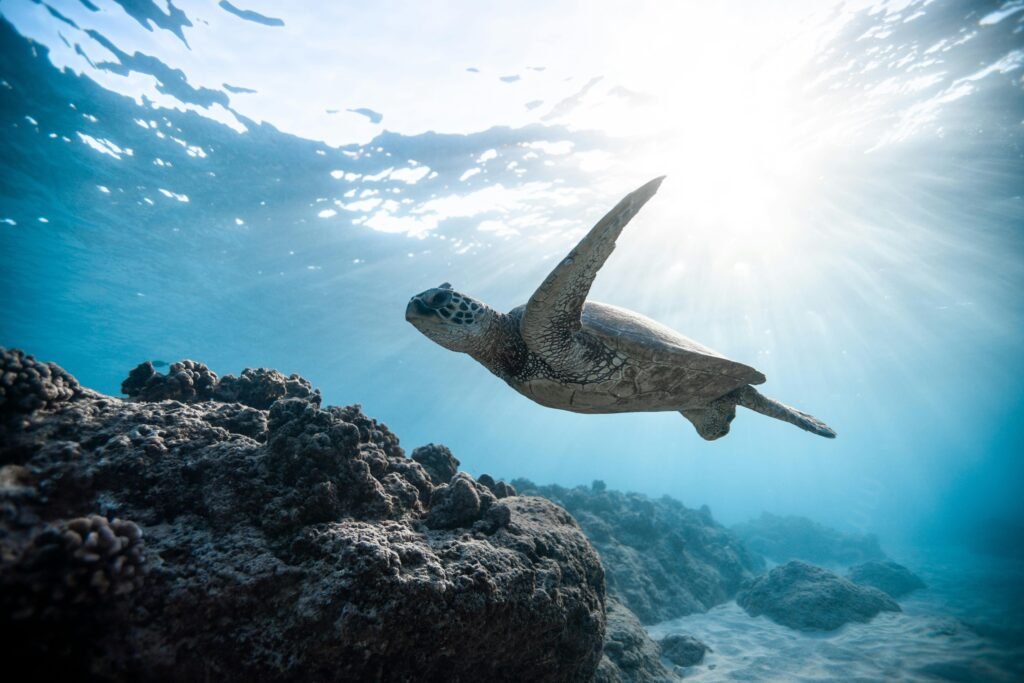
Challenges Facing the Blue Beauty Movement
The blue beauty movement, which focuses on sustainable and ocean-friendly beauty products, encounters several significant challenges that impede its growth and impact. One of the most pressing issues is greenwashing, where companies mislead consumers by promoting their products as environmentally friendly without substantial backing for these claims. This practice not only undermines the credibility of genuinely sustainable brands but also confuses consumers trying to make informed choices. The prevalence of deceptive marketing tactics hampers the progress of the blue beauty initiative, as it diminishes trust in the industry as a whole.
Another challenge lies in consumer awareness. A significant segment of the population remains uninformed about the negative effects of traditional beauty products on marine ecosystems and the overall health of the oceans. This lack of awareness can result in hesitant purchasing behaviors, limiting the demand for true blue beauty products. While some consumers are increasingly seeking out sustainable options, many still overlook the broader environmental implications of their beauty routines. To combat this issue, education plays a vital role; brands must engage in transparent communication strategies to raise awareness about the importance of choosing products that protect marine life.
Furthermore, the blue beauty movement requires an industry-wide commitment to change. Many beauty brands are entrenched in practices that prioritize profit over environmental responsibility. Transitioning to sustainable sourcing, eco-friendly packaging, and cruelty-free practices requires substantial investment and a willingness to adapt. Collaborations among leading brands, governments, and organizations can facilitate the sharing of knowledge and resources necessary for an industry shift. This collective effort can pave the way for innovative solutions that will address these pressing challenges, ultimately promoting a thriving blue beauty marketplace while safeguarding the ocean.
The Future of Blue Beauty: Trends to Watch
As the blue beauty movement continues to gather momentum, various trends are emerging that promise to shape the future of sustainable cosmetics and personal care products. One of the most significant developments is the integration of advanced technology into sustainable practices. Innovations such as biodegradable formulations and waterless beauty products are beginning to gain traction, reducing the environmental impact typically associated with traditional personal care items. These advancements not only minimize plastic waste but also conserve water resources, thus aligning with the principles of blue beauty.
Another noteworthy trend is the shift in consumer behavior. Today’s consumers are increasingly conscientious about the brands they support. More individuals are demanding transparency in ingredient sourcing and manufacturing processes. This gradual shift may prompt companies to prioritize sustainable practices and eco-friendly formulations, ensuring their products resonate well with environmentally aware clientele. An increased emphasis on corporate social responsibility is also notable, as brands seek to establish themselves as advocates for ocean protection and marine life conservation.
The use of natural and organic ingredients derived from marine sources is anticipated to rise significantly. Innovations in marine biotechnology, which focus on utilizing seaweed, algae, and other ocean resources, provide opportunities for effective and sustainable formulations. These natural ingredients not only enhance the efficacy of beauty products but also support the preservation of marine ecosystems through sustainable harvesting practices.
Additionally, education and awareness initiatives surrounding blue beauty are becoming increasingly prevalent. As consumers demand more information, brands are likely to invest in educational campaigns that highlight the importance of sustainable practices. Staying informed about these trends will be invaluable for consumers who wish to make eco-conscious choices and support the ongoing evolution of the blue beauty movement. It is essential for all stakeholders, including brands, consumers, and policymakers, to remain engaged in discussions around sustainable practices and innovations that can further benefit ocean conservation.

